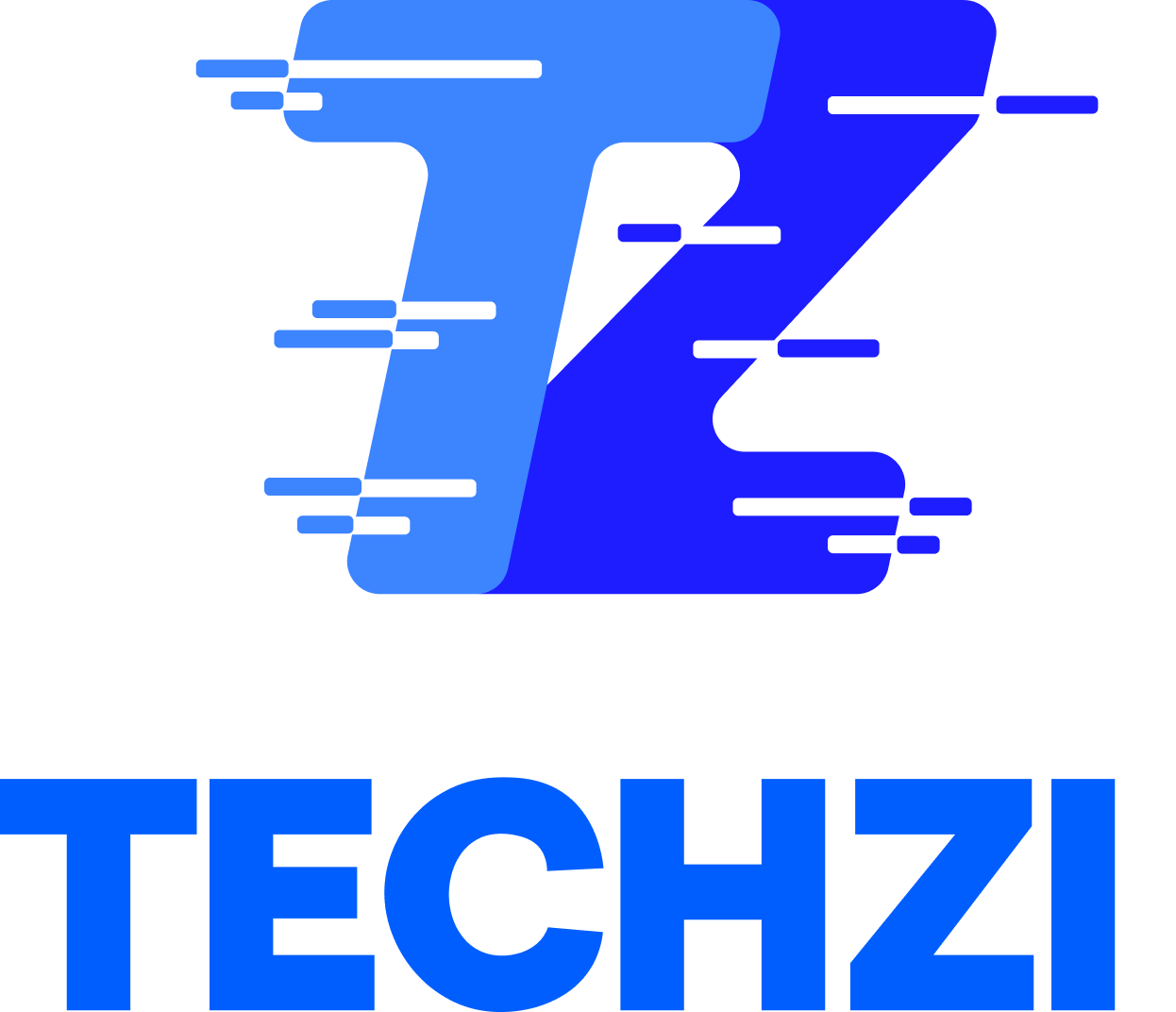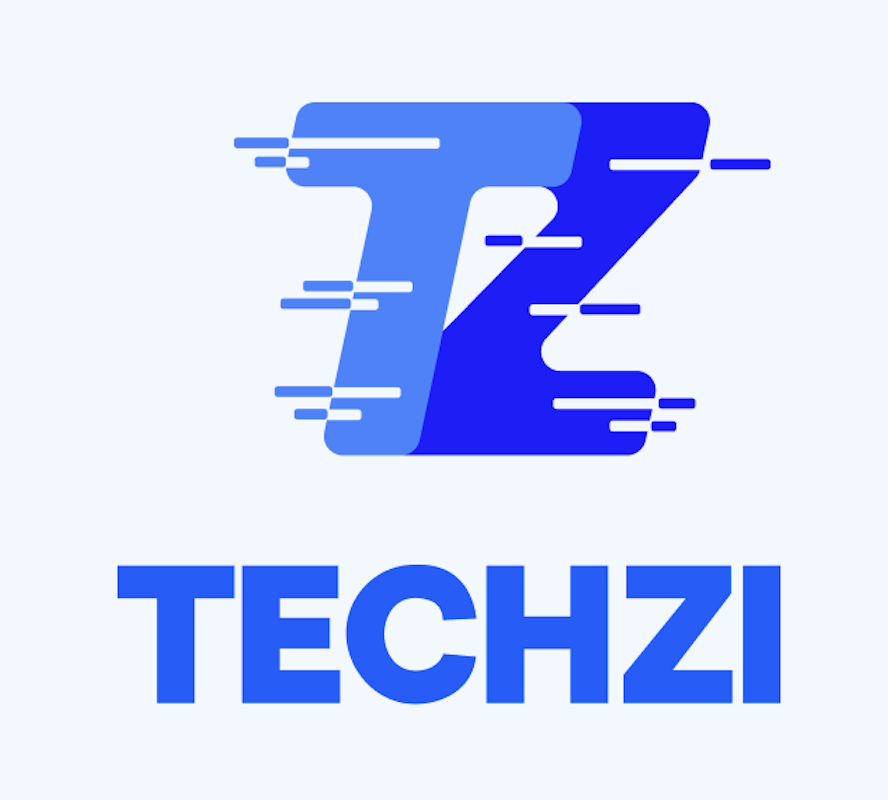This is a guest post by Richard Armstrong who is an early stage investor in many startups in both SE Asia and globally. Plus Richard has cofounded several companies.
Guest Author: Richard Armstrong
Almost everyone has heard of and even tried ChatGPT at this point. ChatGPT is a proprietary model owned by OpenAI.
Google also has its own proprietary model, Gemini.
But there are also lots of open source models like Meta’s Llama2.
And there are ones that are focused on specific domains. And so they give more robust answers in that narrow domain.
In this article I wanna explore this topic and break it down from my understanding.

The Proprietary Players
These players are generally large companies like Google, OpenAI, Microsoft, and IBM.
These models incur licensing costs but in exchange deliver optimal performance through proprietary algorithms and hardware acceleration.
They also tend to have user-friendly interfaces, robust customer support, and regular updates to ensure that the latest capabilities are integrated.
On the downside are the high costs and limited customization.

The Open Source Players
Meta’s Llama series of models are by far the most well known series of models.
The benefit of open sourcing is generally elements like the fact that it enables wider access, fosters innovation and promotes transparency.
But it is not without its downsides.
For example many argue that open source enables bad actors to misuse it. You cannot really control who decides to use these models and how they try to use them.
Could criminals abuse this new power? Yes and they almost certainly will.

So which is better? Who is gonna win?
This is one question i’ve been wrestling with a bit lately. And the conclusion that I came to was that there isn’t gonna be just one winner.
Like many large industries different customers have different requirements. And so some players will be content with the proprietary models, where things are nice and easy to use.
Whereas some of the larger players who consume these models, like Alibaba, will prefer open source models.

The Case of China
Not long ago I was reading about the progress of AI in China. It was assumed that China was a fair bit behind the US in AI because of their lack of access to the latest chips.
Basically since October 2022 US put a ban on exporting high-end semiconductors and chip-making machinery.
But when you read about what is going on there it definitely doesn’t seem to be the case.
For example, there is a startup 01.AI that just hit a $1 billion valuation on the back of its model Yi-34B that has outperformed other leading open source models like Meta’s Llama 2.

Then there is Alibaba’s Qwen AI models, which are built on Meta’s Llama model, and are open source.
As well as Tencent’s open-source video generation model, DynamiCrafter.
These are deep pocketed, profitable players who will be investing very heavily to develop their ai capabilities very quickly. So you would be unwise to count them out.
Wrapping up
I am very intrigued about how this battle is going to play out in the coming years. You have a global mix of deep pocketed players who are going very hard at this.
In my view there’s going to be lots of winners.
And most of the biggest winners will be the ones that focus on the use cases where the most value is created. Meaning the AI use cases that actually generate the most revenue or reduce the most cost in companies.
So in a way… I think the race for who has the best model is not even that interesting. It seems they all claim to be best at something or other. And to me the AI model itself is almost like a commodity at this point.
Rather the race to see who provides the best solutions to industry-transforming use cases is the one I’ll be very keenly watching.









